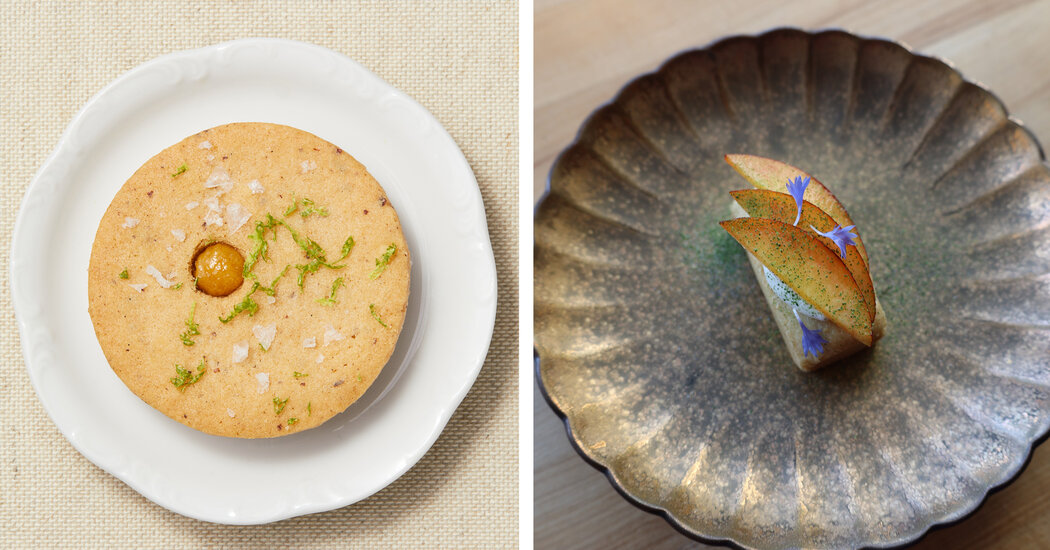Welcome to the T List, a newsletter from the editors of T Magazine. Each week, we share things we’re eating, wearing, listening to or coveting now. Sign up here to find us in your inbox every Wednesday, along with monthly travel and beauty guides, and the latest stories from our print issues. And you can always reach us at tmagazine@nytimes.com.
See This
Household Objects of the ’90s, Recreated in Clay
In “Domestic Bliss,” a tenderly realized portrait of American life in the 1990s at Alexander Berggruen gallery in New York, the artist Stephanie Shih draws us into a fraught family narrative. The ceramic objects on view play various roles in the interior drama: Cigarette butts and a crushed beer can signal temptations acquiesced to; the complete “Buns of Steel” workout series on VHS and Suzanne Somers’s ThighMaster offer proof of an investment in personal improvement. Viagra tablets point to lust, perhaps hope. Frozen dinners — one for each member of the titular “Nuclear Family” — sit atop a white Panasonic microwave oven, suggesting an uneasy coexistence. On an ironing board, an iron keeps company with the paperback bodice-ripper “Prisoner of My Desire.” The book that inspired this body of work? 1998’s “Divorce for Dummies,” which Shih has rendered here as part of a self-help library. The artist builds the pieces by hand, using a fine brush to decorate their surfaces. There are subtle signs that each object is handmade, evoking the crafted pop sensibility of Corita Kent or Liza Lou — a slightly dappled finish here, a hint of hand lettering there. The net result is the uncanny feeling that the whole room has been seen, recorded, lost, then lovingly recreated, each element conjured by a human being with a memory that aches. “Stephanie H. Shih: Domestic Bliss” is on view at Alexander Berggruen, New York, from Jan. 22 through Feb. 26, alexanderberggruen.com.
Stay Here
A New Madrid Hotel Pays Homage to the City’s Creative History
When the French designer Philippe Starck was asked to design the Brach Madrid, a hotel that opened earlier this month in a 1920s building on the Spanish capital’s central Calle Gran Via, he wanted to channel the city’s creative spirit. On the ground floor, the hotel’s cafe features woven-leather ceilings and walls lined with artisanal tiles, along with dozens of paintings by Spanish artists that Starck spent three years searching out. The 57 rooms are decorated with flamenco shawls, vintage…
Click Here to Read the Full Original Article at NYT > Travel…
